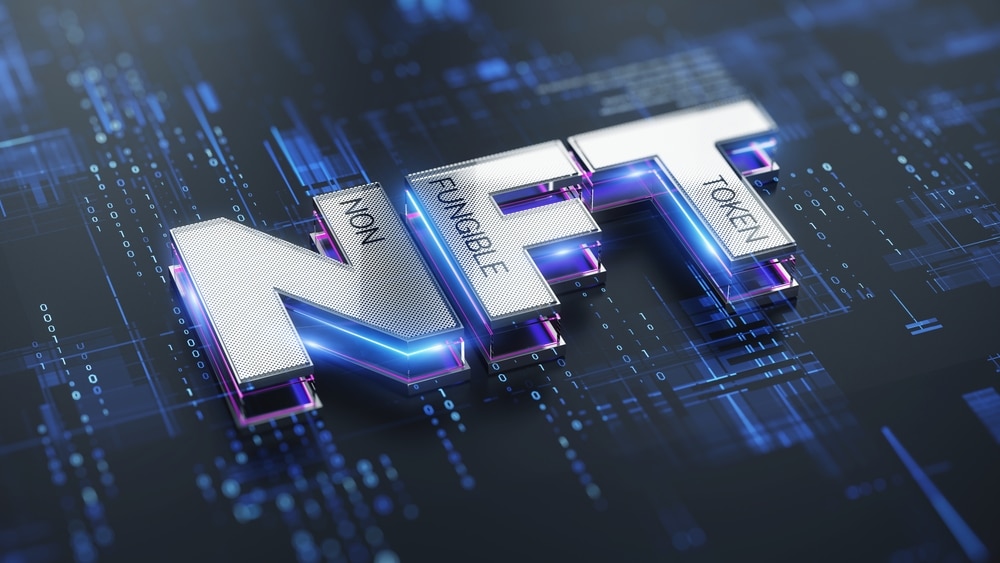Generative art NFTs represent a blend of technology and creativity, where unique digital artworks are created through algorithms and secured as non-fungible tokens (NFTs) on the blockchain. This innovative intersection of art and technology is reshaping the digital art landscape, offering new ways for artists to create and monetize their work, and for collectors to invest in digital art with verified authenticity and provenance.
What Are Generative Art NFTs?
Generative art refers to art that has been created with the use of an autonomous system, typically involving complex algorithms that generate a certain output based on predetermined rules or random inputs. When these artworks are minted as NFTs, they become part of the blockchain, ensuring each piece’s uniqueness and ownership can be verified and traced.
The Creation Process
The creation of generative art NFTs involves several steps:
- Algorithm Design: Artists program algorithms using languages like Processing, p5.js, or Python. These algorithms include rules that dictate the creation of art, which might involve randomness, environmental data, or other external inputs that ensure each output is unique.
- Art Generation: The algorithm runs, creating digital artworks based on the set parameters. Each outcome is different, lending to the uniqueness of each piece created.
- Minting as NFTs: Once the artwork is generated, it is minted as an NFT. This involves creating a digital certificate of the artwork’s authenticity and ownership and recording it on the blockchain.
- Sale and Distribution: The NFTs are then listed for sale on various platforms where collectors can purchase and trade them.
Why Are Generative Art NFTs Unique?
Generative art NFTs are unique due to the inherent variability and complexity in their creation. No two pieces are the same, even with the same algorithm, as minor changes in input parameters can lead to drastically different outputs. This randomness ensures that each piece of generative art NFT is one-of-a-kind.
(Advertisement)
CypherMind-HQ.com Artificial Intelligence Crypto Trading System – Get Ahead of the Curve with this sophisticated AI system! Harness the power of advanced algorithms and level up your crypto trading game with CypherMindHQ. Learn more today!
Benefits of Generative Art NFTs
- Authenticity and Provenance: Blockchain technology allows for the immutable recording of the artwork’s creation and transaction history, providing clear provenance and authenticity.
- Monetization of Digital Art: Artists can sell their digital art in a market that recognizes and values the uniqueness of each piece, similar to physical art.
- Interactive and Dynamic: Some generative art can evolve over time or change in response to external data, creating a dynamic piece of art that lives and grows.
Platforms for Generative Art NFTs
- OpenSea and Rarible: Popular NFT marketplaces where artists can mint and sell their generative art NFTs.
- Art Blocks: A platform specifically designed for generative art, where artists can upload their algorithms, and collectors can generate and mint unique versions of the artwork at the time of purchase.
Challenges and Considerations
- Intellectual Property: The decentralized and replicable nature of digital files raises complex issues about copyright and ownership in the digital art world.
- Market Volatility: The value of NFTs can be highly volatile, influenced by market trends and speculative trading.
- Environmental Concerns: Blockchain technology, particularly those that require extensive computational power like Ethereum, has been criticized for its environmental impact due to energy consumption.
Conclusion
As blockchain technology evolves and becomes more sustainable, and as digital art continues to gain recognition and legitimacy, generative art NFTs are likely to play a significant role in the future of art. Innovations in blockchain could lead to more efficient systems for minting and trading NFTs, reducing environmental impact and enhancing accessibility. This fusion of art and technology not only expands the boundaries of how art is created and consumed but also opens up new avenues for artists to explore and monetize their creativity.



